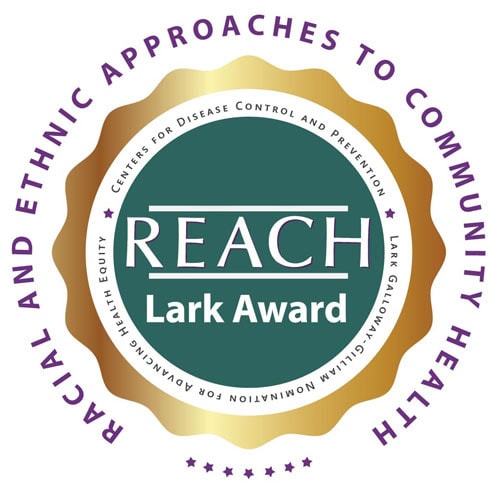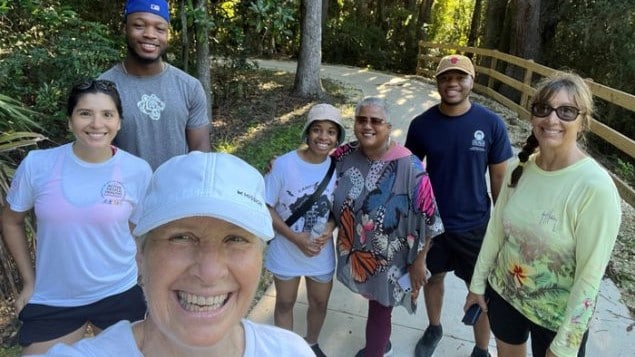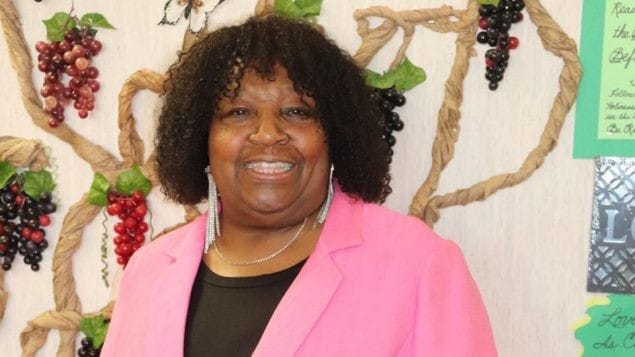Key points
The REACH Lark Galloway-Gilliam Award for Advancing Health Equity Challenge recognizes extraordinary individuals, organizations, or community coalitions associated with the REACH program.

About
Racial and Ethnic Approaches to Community Health (REACH) Lark Award Challenge recipients have worked with the REACH program to advance health equity and reduce health disparities. Their work also increases community engagement to prevent health risks.
Examples of such health risks are:
- Poor nutrition
- Physical inactivity
- Inadequate access to clinical services
- Tobacco use
Award recipients work with groups affected by chronic diseases more than others, specifically people who are:
- Black or African American
- American Indian or Alaska Native
- Asian
- Hispanic or Latino
- Native Hawaiian or other Pacific Islander.
Background
Across the United States, some groups are less healthy than others. Reasons for this include where people live, their access to places to be physically active and their access to healthy food options, how much money or education they have, and how they are treated because of their racial or ethnic backgrounds.
For more than 20 years, the REACH program has successfully addressed health disparities and promoted health equity by engaging with diverse communities and implementing culturally tailored interventions.
Lark Galloway-Gilliam
This award is in memory of Lark Galloway-Gilliam who founded the Community Health Councils, Inc. in 1992. Ms. Galloway-Gilliam led the Community Health Councils, Inc. to engage communities and strengthen the connections among organizations to:
- Improve health
- Eliminate disparities
- Achieve health equity
Under Ms. Galloway-Gilliam's leadership, the council gained expertise in health equity in Los Angeles, across California, and around the country.
Ms. Galloway-Gilliam also served in several leadership roles, including the Martin Luther King Jr. Medical Center Advisory Board and the Institute for People, Place and Possibility Board of Directors for Community Commons. She was the first president of the National REACH Coalition.


